
It is sometimes funny how we make our minds up over what we hear, what we are told, and what we read. We lead such busy lives these days that we rarely take the time to really learn on our own and ask questions. Instead, we choose to get our information from friends, family, and what we choose to read and listen to based on our beliefs. Unfortunately, we take these information channels as fact, when they are often fiction. Perhaps it’s time to do our own research.
This is an introduction to many pieces to come. Please follow me on this journey. I am in no way sponsored, being paid, or anything else to write about my thoughts. This is a personal journey that starts with my visit to Monsanto; only one small part. I ask you not to judge my perspective, but to ask me or yourself questions and find the answers.
For too many years to even remember, I lived my life sheltered by what I believed was true and I was too busy with work, kids, family, and so many other things to take time to stop and question what I heard. With my lifestyle recently changing with work and the kids, I have had more time to stop, question, and learn about what interests me most; food – real food – and how it is grown and that brings us to Monsanto.
In my world as a mom raising children, the name Monsanto was like a dirty word. I had made up my mind that everything Monsanto did and what they stood for was so very, very bad. In my mind, Monsanto ruled the farming world and was destroying the planet and killing people. Truth is, I knew little of what Monsanto did besides spray chemicals to destroy the world.
I was actually challenged by a stranger to learn more about our food systems and so, I decided to take a step back to better understand the process. With more time at my disposal, I could step back and question my beliefs. I began my adventure in the fall of 2016 to learn about our food systems, farmers, and how we feed the masses.
 I am fortunate to have the time, energy, resources, and sourcing ability to eat the way I want to. But, in no way is this feasible to feed the world. For all of my dear friends out there who are on soapboxes, anti anyone who does not eat local and/or organic, I ask you to dig deeper and to please take this journey I am to learn more. Just remember I was you one year ago!
I am fortunate to have the time, energy, resources, and sourcing ability to eat the way I want to. But, in no way is this feasible to feed the world. For all of my dear friends out there who are on soapboxes, anti anyone who does not eat local and/or organic, I ask you to dig deeper and to please take this journey I am to learn more. Just remember I was you one year ago!
The simple fact is this – real food is expensive to produce and unless we figure this out on a much bigger scale, we will use up all of our resources and kill our planet. When I lived in cities that we could eat freshly sourced products year round, I thought that anyone who didn’t to this was crazy and irresponsible. It was not them, it was me and it is you. But, we need to think of food sourcing as a global issue and work with the big guys and not against.
So, back to Monsanto. I questioned the Kansas Farm Bureau when they invited me to join them this spring to travel a few days through the farmland and one stop was at the Monsanto headquarters. They knew how outspoken I was and that I would ask questions we all want to ask. Well, I have to admit that I am so happy I went!
 My journey will go down lots of roads, has already had many bumps, and I have a lot more questions than answers at this point. But, here are 5 things about Monsanto I want you to know now…
My journey will go down lots of roads, has already had many bumps, and I have a lot more questions than answers at this point. But, here are 5 things about Monsanto I want you to know now…
It’s not Mom vs Monsanto
No matter how much I walked in to Monsanto not wanting to like anyone there, truth is they are real people. Do I agree with all of what they are doing and what they have done? No. But is their research needed? Yes. And do we need them to keep doing more? Yes.

It’s not just Monsanto
I was reminded by one of the members of the team there that Monsanto is a publicly owned company. They answer to their board, shareholders, and consumers. Which means I’m not the only one asking questions.
Monsanto does makes chemicals
Yes, there’s no denying the line of business Monsanto is in, but the chemicals are an H E Double Hockey better than years ago and do less harm now. And, the seeds they have modified use less chemicals, if any, in some cases.
What really are GMOs
Granted, I do not know enough about GMOs even after all my research to allow GMO products in my home, but I do know in some form, they may be needed to feed the masses. We need to do something. Are GMO seeds the best answer? I don’t know. I need to learn even more.
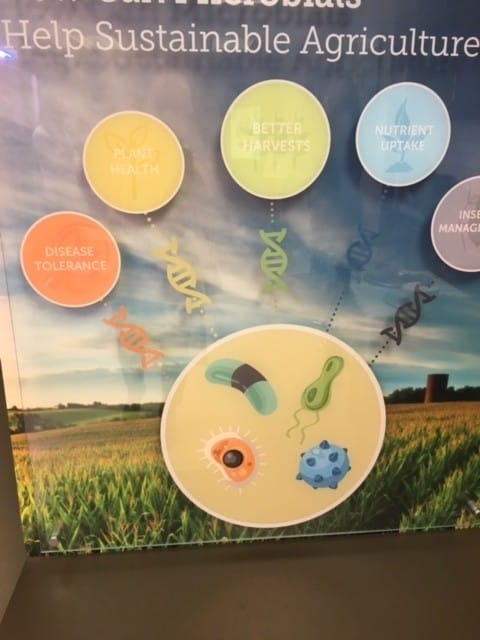
I now have friends at Monsanto
I will use these friendships to ask more questions of Monsanto and then use other resources to challenge those answers, until I feel I can comfortably share what I’ve learned with you. I walked in to Monsanto thinking it was a dirty word. But, the honesty of the staff and farmers I met there have allowed me to open my mind a bit and have me wanting to learn more. And I will!
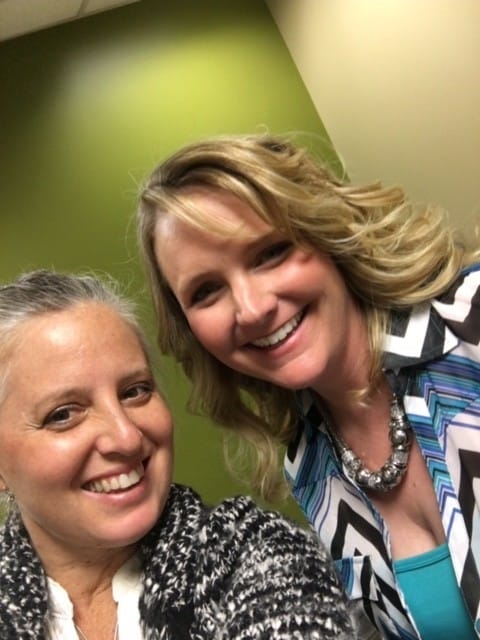 We can’t just make blanket statements that Monsanto is bad and a dirty word. There are many similar companies out there that have produced products that may have proven harmful to consumers. We need to educate ourselves and then take the appropriate actions.
We can’t just make blanket statements that Monsanto is bad and a dirty word. There are many similar companies out there that have produced products that may have proven harmful to consumers. We need to educate ourselves and then take the appropriate actions.
So, I’ll use that old saying, “Keep your friends close and your enemies closer”. I used to view Monsanto as an enemy, but I have chosen to open my mind, learn more, and ask hard questions to keep them close.
Stay tuned…
I would personally like to thank the Kansas SoyBean Commission for inviting me to join them to visit Monsanto.

I am a home cook that does things my way. In my kitchen, I make breakfast, pack lunches, prepare snacks, and cook dinner. During the week, we eat real food that is homemade, organic, and local. On the weekends we do explore more of our local restaurants. I bake my own bread, juice fresh oranges every other day, and make my own kombucha and other weekly favorites.

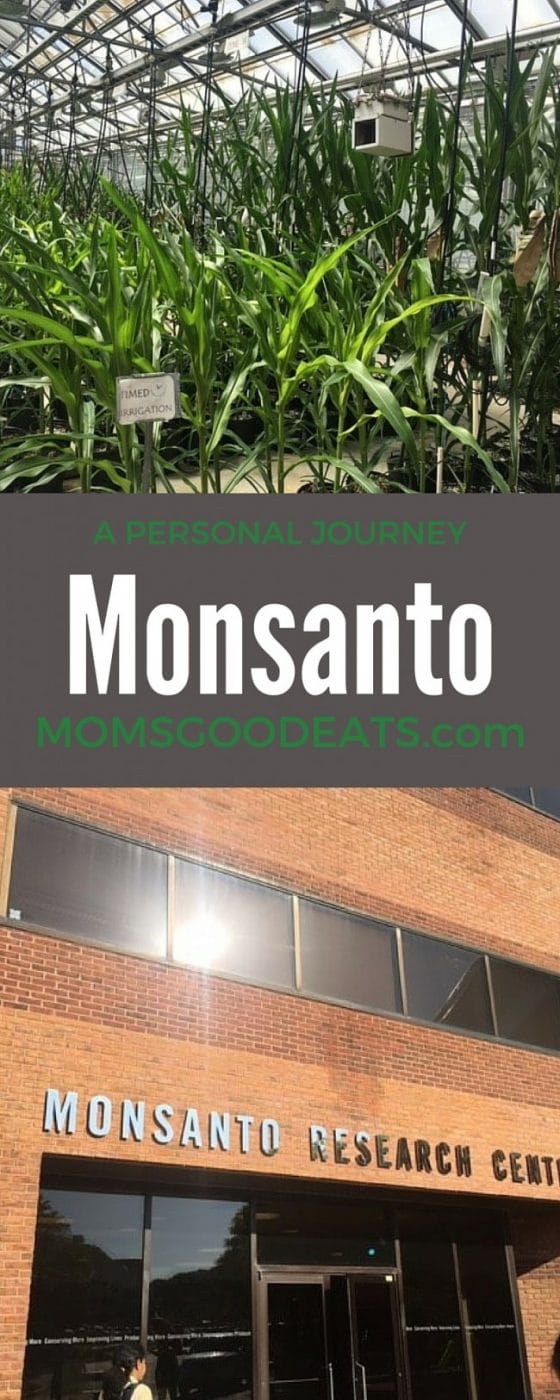
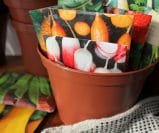



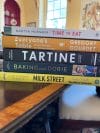






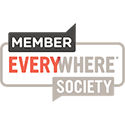
Dana, Thanks so much for your willingness to pursue the journey. It is really hard to challenge things you believe to be true the way you are. Really excited that you are willing to share that all so openly.
PS — Love that I’m your first Monsanto friend 😉
Janice, there is so much to learn from all angles. Each time I think I figure something out another question comes out. It’s a long road that I believe all people deep down want the same result from. We all want to save our Earth and produce safe healthy food for all!
Dana, first off thank you. Thank you for taking a chance to visit with Kansas farmers and ranchers. For the readers that have been here for a while, they know the passion and the determination you have for good food. For people like me who recently met you, your commitment to living your passion by being an example for a healthy lifestyle makes you different – and I love it! I wish all of your readers could have heard the determination that you had to asked “all the questions” on this tour. The good, the bad, the indifferent – you didn’t pull any punches. You made us better. You made this tour better. You really are thinking through the hard stuff and that is the only way our food system will continue to grow, change and work for all involved. So glad to have met you!
Jodi- meeting you can a great pleasure on so many levels and I look forward to personal and professional conversations with you. My hope is more than spreading the information I learn but to get people to open their minds to think beyond their personal opinions on food sourcing and realizing we have a world to feed.
We welcome your friendship, appreciate your candid concerns, and know that we have to continue this journey together with you, farmers and society! I am glad you enjoyed your visit with us and thank you for sharing your views!!! All the best…
Thank you Dion! There is so much more to learn, question and share. What scares me mostare the people not willing to engage in the conversation.
I love that you did this. Instead of doing what you said like everyone else- believing what we want to believe and hearing what we want to hear- you actually took a stand by seeing for yourself. I’m still very skeptical of big food companies but I’m very interested to hear about your journey. That action was inspiring. Looking forward to reading your posts.
Dana – really enjoyed your post, and the closing should be a reminder to is all, all the time!: open our minds, learn more, ask the hard questions. When it comes to these, you are a pioneer, constantly on a quest to challenge status quo, leaving no stones unturned, no matter HOW giant they might be. Keep on keeping on!! See you soon.